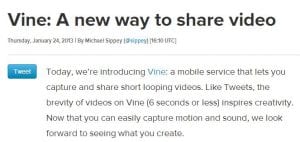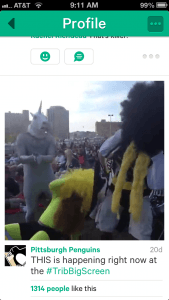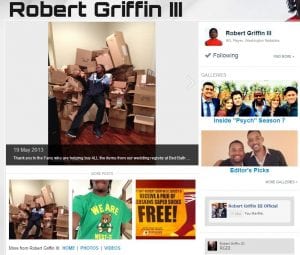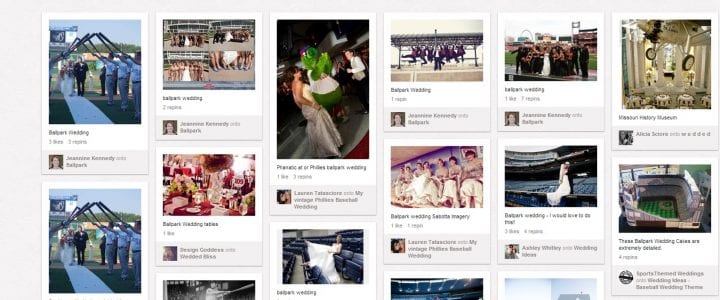by Hannah Bouziden – May 2014
Successful Leaders in the Wide World of Sports Business
Women increasingly move up the corporate ladder across America, but have faced a greater challenge in the once male-dominant industry of professional sports. In a world where people like Donald Sterling have been operating, what is it like for females as they progress to the highest executive levels in the business of sports?
On April 14th, 2014, Baylor University’s Sports Sponsorship & Sales Club welcomed three leading women in the world of professional sports to speak about the challenges they have overcome in their careers. The panel included, Paige Farragut (Senior Vice President of Ticket Sales & Service with the Texas Rangers Baseball Club), Tami Walker (Manager, U.S. Fuels Brand Management for Phillips 66, 76, and Conoco), and Amy Pratt (Vice President of Event & Tours with Legends/Dallas Cowboys). During the discussion, the women touched on three main topics they believed to have an effect on women in the business of sports and in corporate America. They shared their insights on how to deal with maternity leave, sexual harassment, and the glass ceiling.
1. Maternity Leave

Having the ability to balance a family life and working in the fast pace world of sports is a concern for many women. Farragut and Walker were able to handle the pressure and become successful women in their industry while raising children.
Walker’s advice is to make sure you build up enough good will prior to maternity, so that others recognize your value to the team and want to make sure the entire process flows smoothly for your return. She also advises to do what is right for your family and just roll with it!
Farragut decided to wait until she was in management to start a family. According to Farragut, “In sales, time away matters.” Therefore, her advice is to make sure you are flexible and have the ability to put in the hours, even if that means having to manage work at night.
2. Sexual Harassment
Walker’s advice on how to handle sexual harassment in the workplace: First, define what harassment meant to you. Then, make sure you set boundaries and establish awareness among others in a gracious, but firm manner. Both Pratt and Walker stated that you should always be cautious of what you say and how you say it. “You have no idea what the experiences of other people are,” stated Walker.
Each of the panelists urged young women to find mentors within the organization, others in whom they confide and seek counsel if/when such situations do arise. Different situations and people may require different approaches.
3. The Glass Ceiling

Although the panelists are aware of potential glass ceilings, each operates under the assumption that it doesn’t apply to them.
Walker’s advice for young women revolved around the idea of never allowing yourself to become your own worse enemy. Never doubt yourself, but instead ask, “why not me?”
Farragut’s advice was just simply proving yourself, because it will eventually pay off. If you are the very best in every position that you have, then you will not be overlooked. An issue Farragut sees among young women in the business of sports today is that she has never had a woman tell her that she would like to be in management some day.
All three of the women agreed that there are opportunities for women, they just have to have the desire to seek them. Pratt stated, “There are tons of opportunities for women to open new doors . . . to make themselves of value.”
Closing Advice

Women increasingly moving into senior positions in corporate America. These three women are an encouragement to all young people, especially young women who aspire to make their own success story in the world of sports. Walker left a great piece of closing advice for these young professionals, “If you have a drive as a woman to excel . . . then the opportunities are there, there is nothing that can hold you back.”





































